The history of U.S. Presidents begins before George Washington and the Constitution. It actually begins in the minds of the Signers of the Declaration of Independence and birthed painfully through the American Revolutionary War and almost dissolved during the era of the Articles of Confederation and then came to pass with great struggle and compromise during the Constitutional Convention.
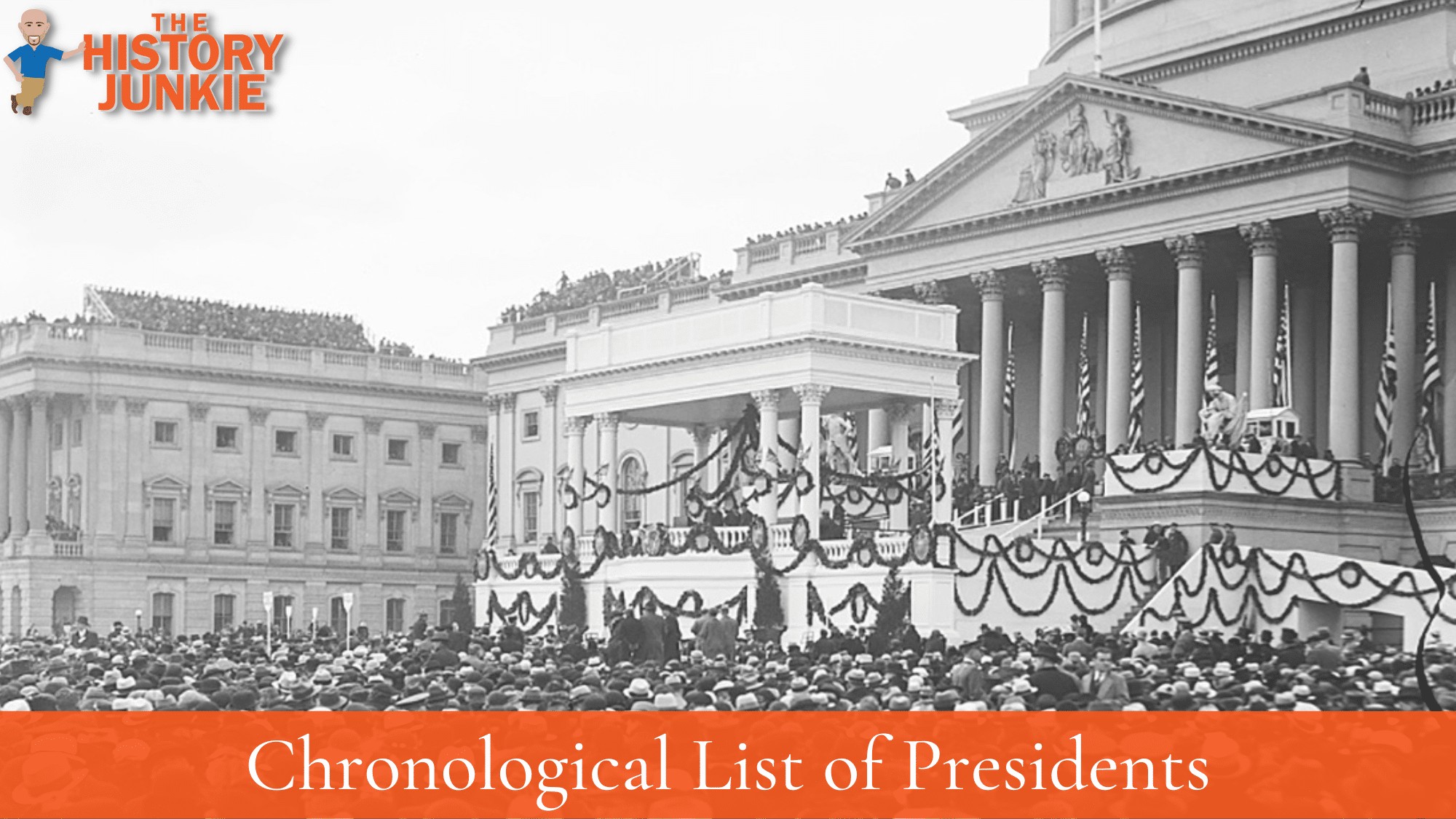
It survived through the War of 1812 and the Texas War of Annexation and even remained when the nation was divided throughout the Civil War. Various political powers have risen and fallen throughout its young history.
In the span of 220 years of American Presidents, there have been 45 different leaders. In contrast, the monarchies of Europe during the Medieval Age would average around 15 different changes in power, and with each change came the possibility of civil war.
Even though the list of Presidents is fluid, its foundation has been the most consistent in the world. Due to this consistency, it has quickly become the most powerful nation in the world.
The responsibilities of the President are numerous, but the main responsibilities given to the President through the Constitution are as follows:
- Commander-in-Chief of the American Military
- Leader of the Executive Branch of Government
- Head of the State
- Head of the Government
- Empowered to grant federal pardons and reprieves
- To convene and conjure both Congresses
- Power of veto
- Largely responsible for the domestic, foreign, and economic policies of America.
Jump to:
- U.S. Presidents History
- Party Primaries
- 1. President George Washington
- 2. President John Adams
- 3. President Thomas Jefferson
- 4. President James Madison
- 5. President James Monroe
- 6. President John Quincy Adams
- 7. President Andrew Jackson
- 8. President Martin Van Buren
- 9. President William Henry Harrison
- 10. President John Tyler
- 11. President James Polk
- 12. President Zachary Taylor
- 13. President Millard Fillmore
- 14. President Franklin Pierce
- 15. President James Buchanan
- 16. President Abraham Lincoln
- 17. President Andrew Johnson
- 18. President Ulysses S. Grant
- 19. President Rutherford B. Hayes
- 20. President James Garfield
- 21. President Chester Arthur
- 22 & 24. President Grover Cleveland
- 23. President Benjamin Harrison
- 25. President William McKinley
- 26. President Theodore Roosevelt
- 27. President William Howard Taft
- 28. President Woodrow Wilson
- 29. President William Harding
- 30. President Calvin Coolidge
- 31. President Herbert Hoover
- 32. President Franklin Roosevelt
- 33. President Harry Truman
- 34. President Dwight Eisenhower
- 35. President John F. Kennedy
- 36. President Lyndon Johnson
- 37. President Richard Nixon
- 38. President Gerald Ford
- 39. President Jimmy Carter
- 40. President Ronald Reagan
- 41. President George H. W. Bush
- 42. President Bill Clinton
- 43. President George W. Bush
- 44. President Barack Obama
- 45. President Donald Trump
- 46. President Joe Biden
U.S. Presidents History
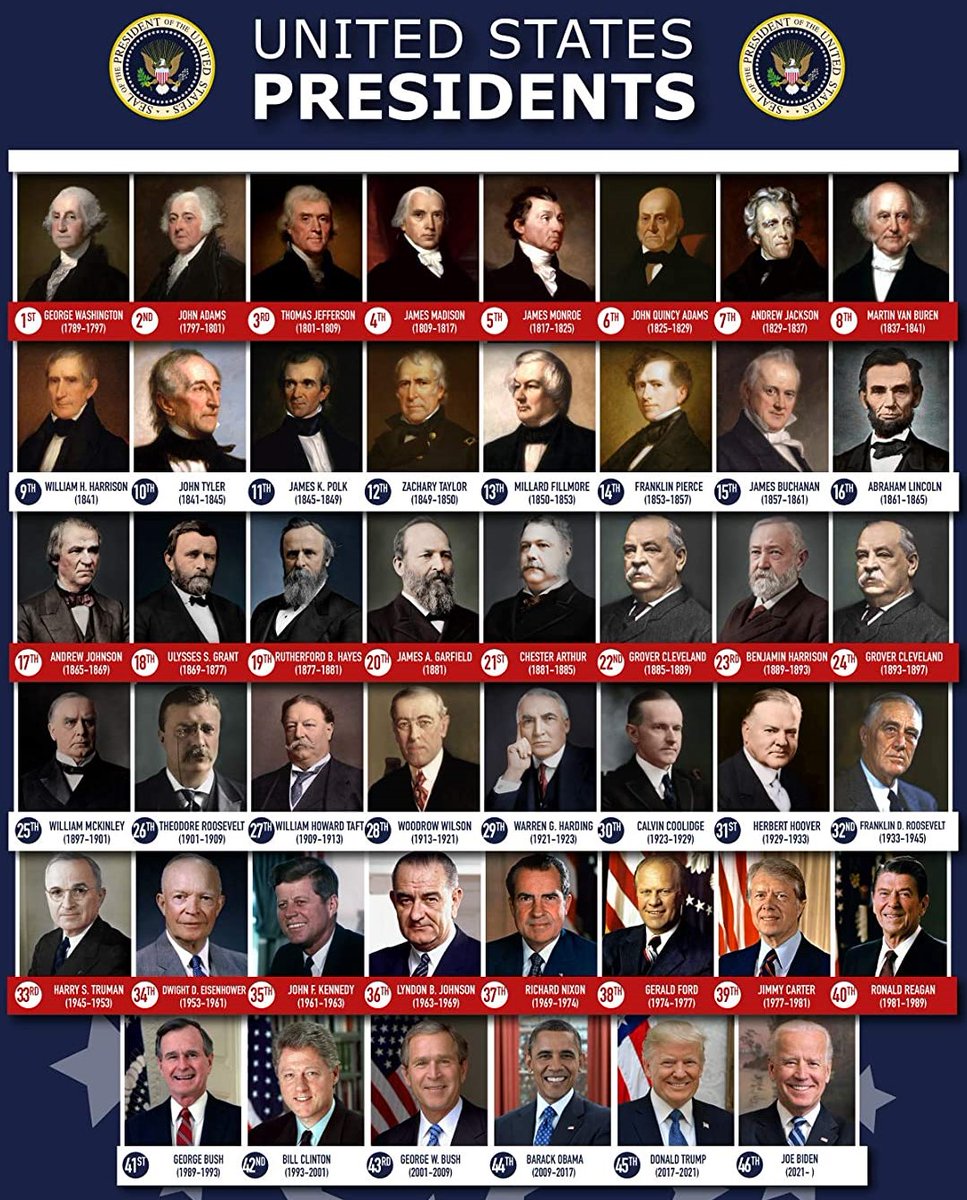
When George Washington took office after the election of 1789, he would become the first President of the United States.
He had risen in popularity through his heroics in the American Revolutionary War, as well as his influence in the development of the Constitution.
His presidency would set numerous precedents. One of which is the name “Mr. President.” His most important precedent was when he stepped down from being president after two terms. This was important for these reasons:
- Washington’s popularity was undeniable, and he could have remained in power until his death. He instead chose to step down from power permanently, which shocked the European world.
- Washington died in 1799. If he had run for a third term, then he would have died in office, which would have established the precedent that elections were every 4 years, but a President could stay in office until his death.
The Founding Fathers believed the government to be a necessary evil and only something that was necessary in order to protect people’s rights to life, liberty, and the pursuit of happiness.
To protect the people from the government, they created three separate branches of government: Executive, Legislative, and Judicial. Each of these three departments has different responsibilities but equal power.
These checks and balances were put into place because the founders believed that any man in control of the government was corrupt.
The founders believed that by creating three divisions of government, each one would check the other due to their own self-interest of not losing power. This seems to have worked.
Party Primaries
Party Primaries did not come into being until the late 19th century and did not come to dominate the election process until Lyndon Johnson’s second term in elected office. It now plays a key role in choosing the Republican and Democrat nominees.
1. President George Washington
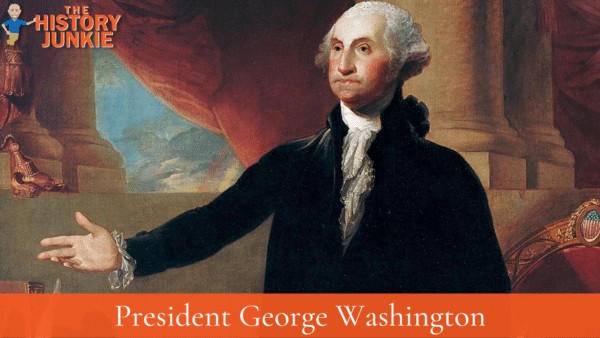
Served as the First President of the United States and set many precedents while in office. He was the only president to be elected unanimously when he left office and returned to civilian life. It was a move that shocked the world.
Political Party: Unaffiliated, Federalist
Elections: Election of 1789 – Election of 1792
Inaugurations: First Address – Second Address
Other Resources: George Washington’s Family Tree
2. President John Adams
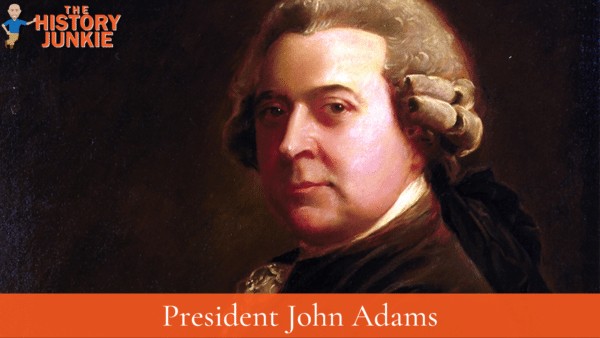
Served as the Second President and was one of the more accomplished politicians to serve prior to taking office. Unfortunately, his presidency, which had some success, is remembered for the Alien and Sedition Acts and his Midnight Appointments.
Political Party: Unaffiliated, Federalist
Elections: Election of 1796
Inaugurations: First Address
Other Resources: John Adams Family Tree
3. President Thomas Jefferson
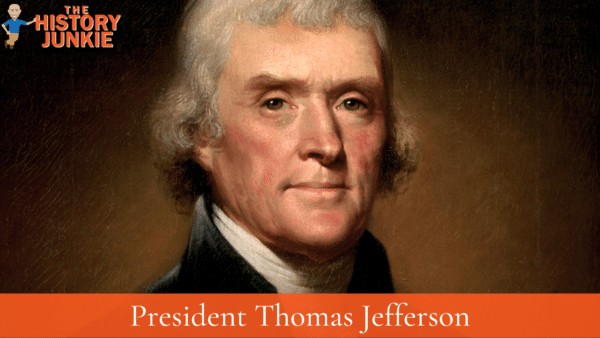
Served as the 3rd President of the United States and the 1st president to take office from a different political party, and this turnover of power was completed peacefully. Jefferson’s presidency would be defined by the Louisiana Purchase and the Embargo Act.
Political Party: Democratic-Republican Party
Elections: Election of 1800 – Election of 1804
Inaugurations: First Address – Second Address
Other Resources: Thomas Jefferson’s Family Tree
4. President James Madison
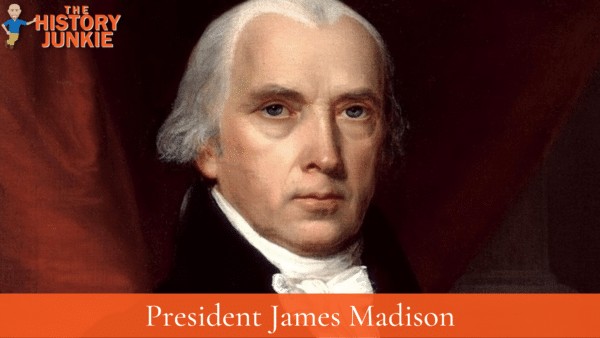
The shortest president to ever take office and was known as the Father of the Constitution. His presidency would be defined by the War of 1812 and ushering in the “Era of Good Feeling.” It also marked the end of the Federalist Party.
Political Party: Democratic-Republican Party
Elections: Election of 1808 – Election of 1812
Inaugurations: First Address and Second Address
Other Resources: James Madison’s Family Tree
5. President James Monroe
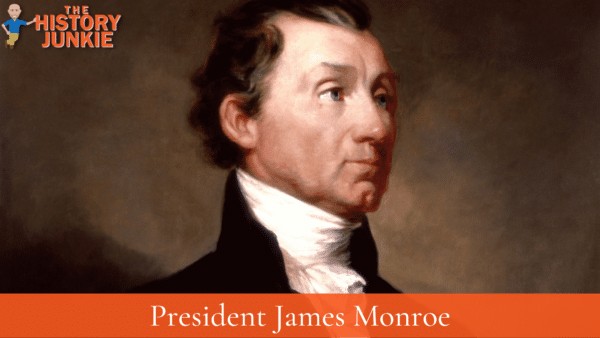
Served as the 5th President of the United States and the last of those who fought in the Revolutionary War. James Monroe began to adopt Federalist principles that he agreed with, which merged the two parties. He was almost elected unanimously, except for 1 electoral vote.
Political Party: Democratic-Republican Party
Elections: Election of 1816 – Election of 1820
Inaugurations: First Address and Second Address
Other Resources: James Monroe’s Family Tree
6. President John Quincy Adams

The son of John Adams and one of the greatest Secretary of State in United States history. His presidency was unspectacular and began with controversy that upset much of the population. He would go on to become an ardent fighter for the abolition of slaves.
Political Party: Democratic-Republican Party
Elections: Election of 1824
Inaugurations: First Address
Other Resources: John Quincy Adams Family Tree
7. President Andrew Jackson
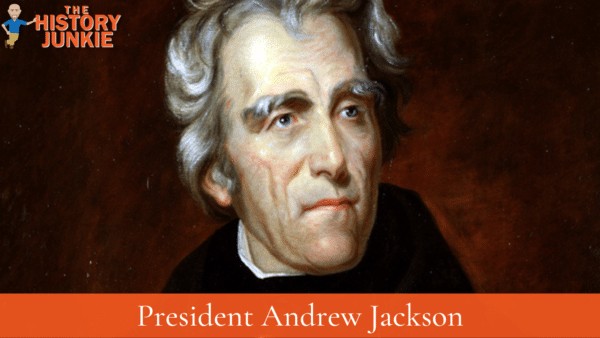
The founder of the Democratic party and a war hero of the Battle of New Orleans. He was charismatic and no-nonsense, and the populists loved him. He was known for his fight against the Bank of the United States, states’ rights, and the removal of the Cherokee Tribe.
Political Party: Democrat Party
Elections: Election of 1828 – Election of 1832
Inaugurations: First Address – Second Address
Other Resources: Andrew Jackson Family Tree
8. President Martin Van Buren
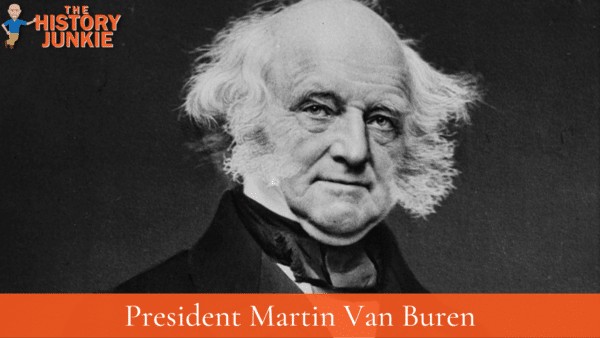
Took over during a financial panic, which doomed him from the start. Even though the panic was caused by Andrew Jackson, Van Buren was blamed for it and lost the next election.
Political Party: Democrat Party
Elections: Election of 1836
Inaugurations: First Address
Other Resources: Martin Van Buren Family Tree
9. President William Henry Harrison
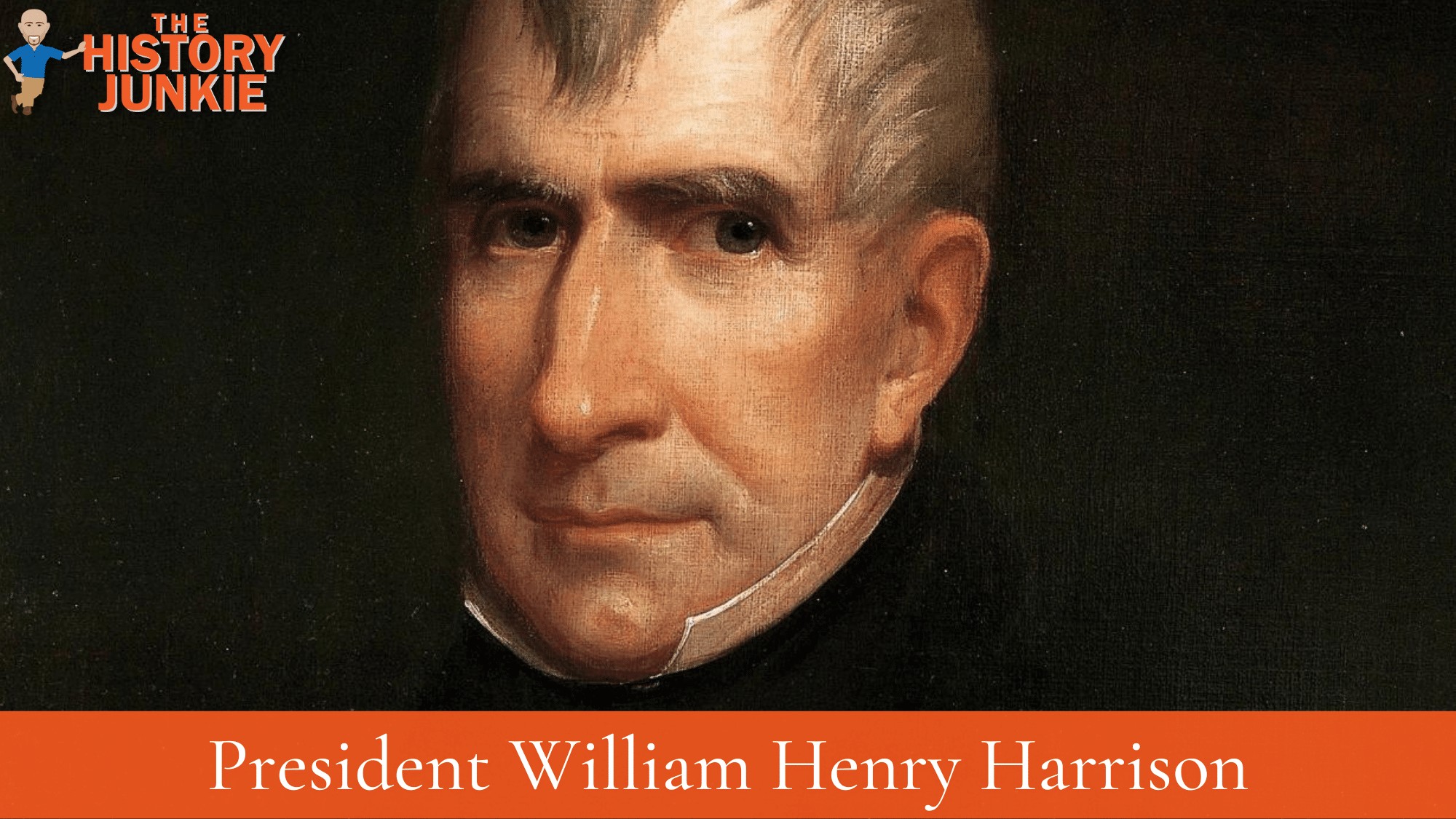
Served the shortest term in history when he delivered the longest inaugural address in the rain and caught pneumonia. He died in office the next month.
Political Party: Whig Party
Elections: Election of 1840
Inaugurations: First Address
Other Resources: William Henry Harrison’s Family Tree
10. President John Tyler

Nicknamed “His Accidency” due to not being elected and his unpopularity with both parties. He did not do anything that Harrison said he was going to do and made enemies on both sides of the party. Known as one of the worst Presidents in history.
Political Party: Whig Party
Elections: Never Elected
Inaugurations: None
Other Resources: John Tyler’s Family Tree
11. President James Polk
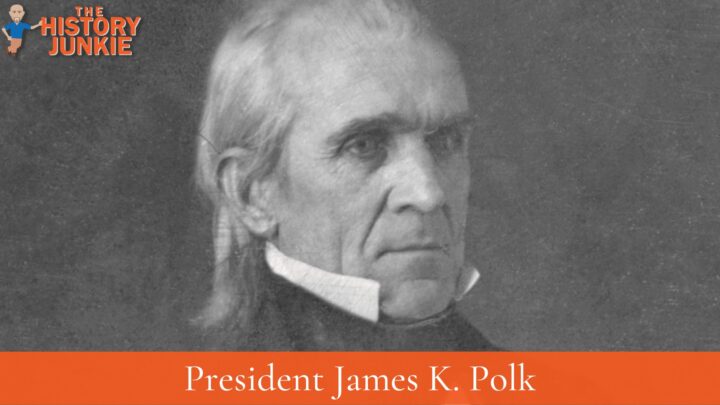
The first dark horse candidate to win the election. He promised to serve only one term and had a goal to accomplish four things. He accomplished everything, won the Mexican-American War in the process, and made good on his promise when he stepped down after the first term.
Political Party: Democrat
Elections: Election of 1844
Inaugurations: First Address
Other Resources: James Polk’s Family Tree
12. President Zachary Taylor
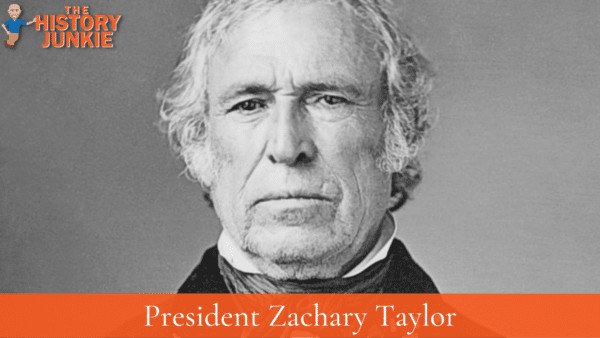
A hero of the Mexican-American War who did not have any political experience. He did not oppose slavery but opposed secession and threatened to use the army if secession began. He died in the office under suspicious circumstances.
Political Party: Whig
Elections: Election of 1848
Inaugurations: First Address
Other Resources: Zachary Taylor Family Tree
13. President Millard Fillmore
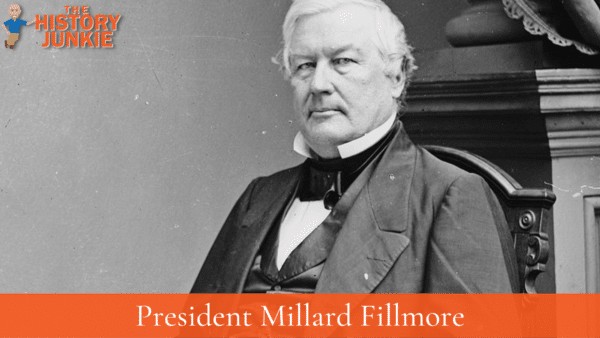
The second president to take over the presidency after a death. He was a weak president who tried to compromise too much and made enemies everywhere. He would later be part of the Know-nothing Party, which was a fitting name for Fillmore as he is ranked as one of the worst presidents in history.
Political Party: Whig
Elections: Never Elected
Inaugurations: None
14. President Franklin Pierce
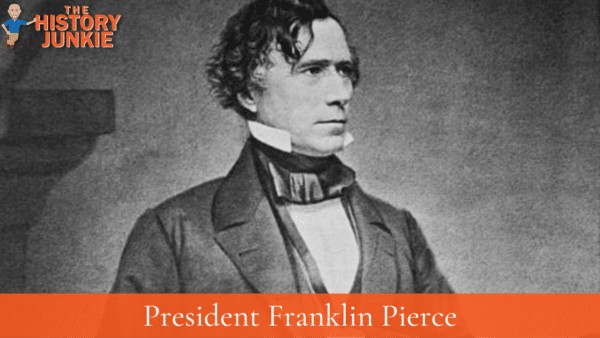
On his way to the White House to begin his presidency, he and his family were involved in a tragic train accident that took the life of his son. Franklin went into a severe depression and became an alcoholic. The biggest issue that he had to deal with was the Kansas-Nebraska Act.
Political Party: Democrat
Elections: Election of 1852
Inaugurations: First Address
15. President James Buchanan
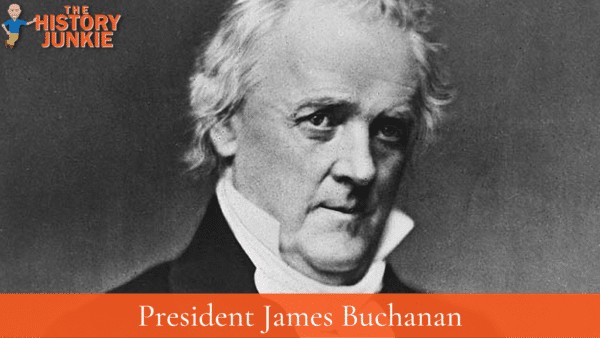
Consistently ranked as the worst President in United States history. Under his watch, Bleeding Kansas occurred, and some have argued that he was guilty of treason with some of his back-door dealings. He was a supporter of the South, further alienating the much more populated North.
Political Party: Democrat
Elections: Election of 1852
Inaugurations: First Address
16. President Abraham Lincoln

He oversaw the Civil War, the Emancipation Proclamation, and the 13th Amendment. He is listed among the greatest Presidents in history and gave his life for the slaves. He was assassinated by a Southern sympathizer, John Wilkes Booth.
Political Party: Republican
Elections: Election of 1860 – Election of 1864
Inaugurations: First Address – Second Address
Other Resources: Abraham Lincoln’s Family Tree
17. President Andrew Johnson
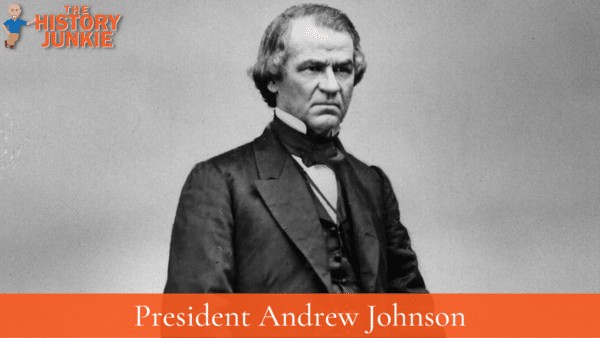
He did not oppose slavery but opposed the secession of the states. He vetoed all of the legislation that Congress passed to aid free blacks and protect them from angry Southerners who used to own them. Congress would continue to go over his head to pass the legislation that was necessary.
Political Party: Democrat
Elections: Never Elected
Inaugurations: None
18. President Ulysses S. Grant
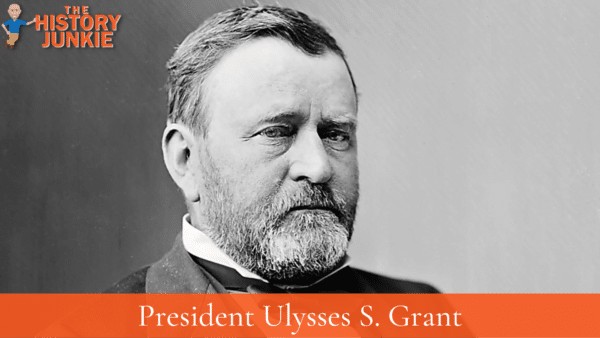
His presidency was known for corruption and civil rights. Ulysses S. Grant did more to aid free blacks than anyone before or after him, with the exception of Abraham Lincoln. Unfortunately, his accomplishments get lost in the Southern history that took over within the 19th century. They said he was a drunk, butcher, etc. Similar to what the Democrats do today, but in recent history, his accomplishments have emerged, and people know the impact he had.
Political Party: Republican
Elections: Election of 1868 – Election of 1872
Inaugurations: First Address – Second Address
Other Resources: Ulysses S. Grant Family Tree
19. President Rutherford B. Hayes
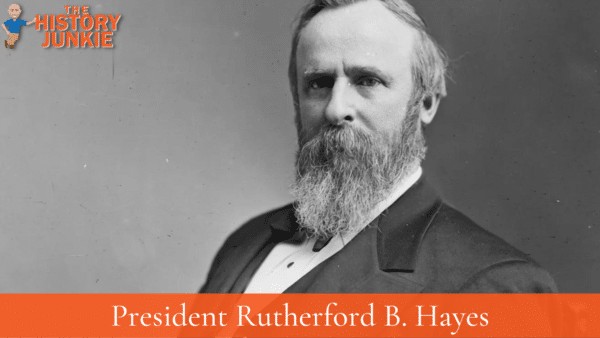
Took over in one of the most controversial elections to ever occur. Hayes promised only to serve one term and did. His wife was known as “Lemonade Lucy” since she did not serve alcohol while Hayes was in the White House.
Political Party: Republican
Elections: Election of 1876
Inaugurations: First Address
20. President James Garfield
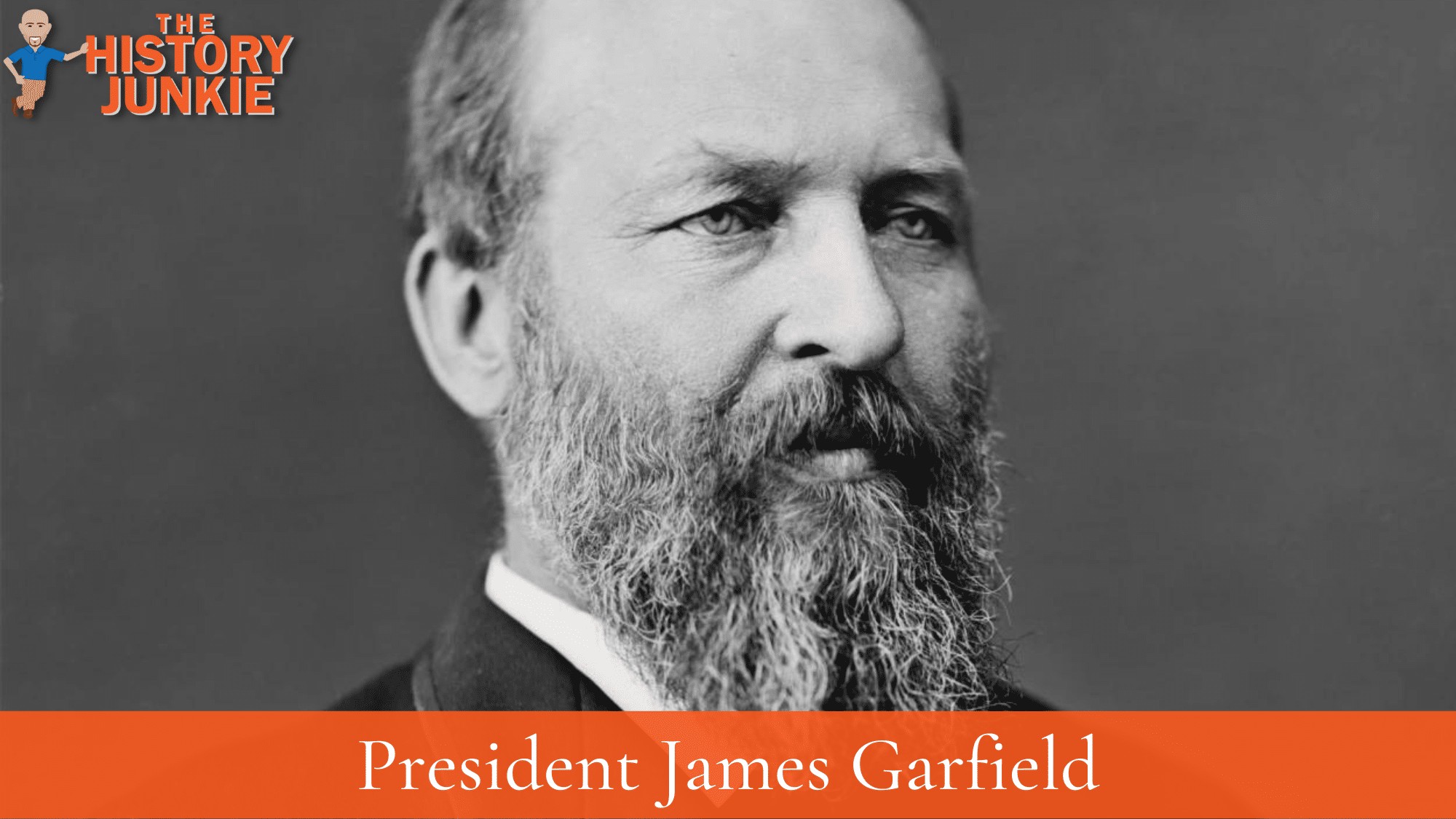
He was the third consecutive President from Ohio and seemed to be a promising president. He was assassinated, and his presidency was cut short.
Political Party: Republican
Elections: Election of 1880
Inaugurations: First Address
21. President Chester Arthur
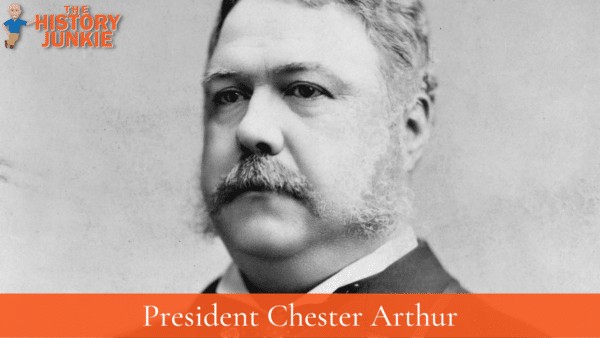
Took over after the assassination of James Garfield and became the fourth president to serve without being elected. His presidency was short, and his health was weak, so he did not push hard for another term. He was known for passing the Pendleton Civil Service Reform Act.
Political Party: Republican
Elections: Not Elected
Inaugurations: None
22 & 24. President Grover Cleveland
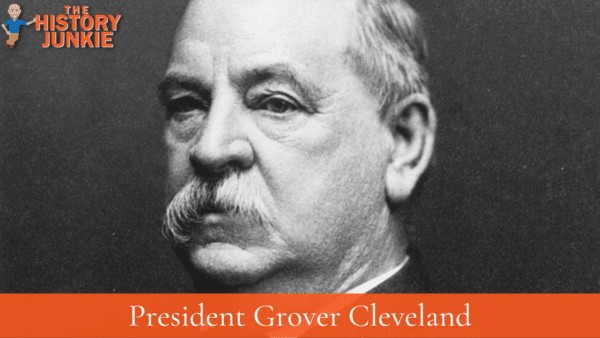
He would serve two non-consecutive terms and be the 22nd and 24th president. His first term was known for reform and the use of his veto. In his second term, he dealt with railroad strikes and the Venezuelan border. His harsh treatment was unpopular among Americans, and his party did not nominate him for another term.
Political Party: Democrat
Elections: Election of 1884 – Election of 1892
Inaugurations: First Address – Second Address
23. President Benjamin Harrison
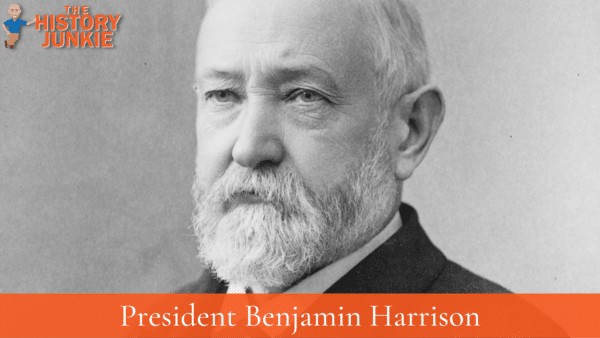
He was the grandson of William Henry Harrison and had a rough presidency. The biggest issue that he dealt with was tariffs. He inherited a surplus in the treasury, and then by the end of his presidency, the surplus had evaporated.
Political Party: Republican
Elections: Election of 1888
Inaugurations: First Address
25. President William McKinley
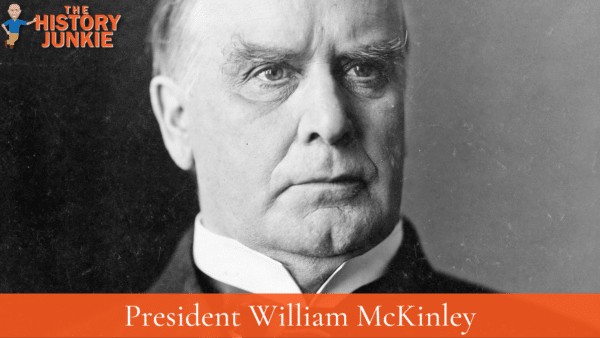
Served as president during a time of unprecedented economic growth. During his presidency, he fought the shortest war in American history at that time, the Spanish-American War. He was elected for a second term, but his second term was cut short when he was assassinated.
Political Party: Republican
Elections: Election of 1896 – Election of 1900
Inaugurations: First Address – Second Address
26. President Theodore Roosevelt
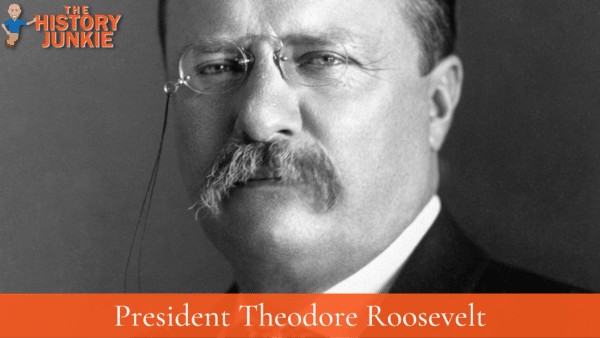
Teddy became one of the greatest presidents of all time. He pushed for reform for workers, broke up the monopolies of JP Morgan, Carnegie, Rockefeller, and others, and gave rise to a new era of nationalism. He also began the construction of the Panama Canal.
Political Party: Republican
Elections: Election of 1904
Inaugurations: First Address
Other Resources: Theodore Roosevelt’s Family Tree
27. President William Howard Taft
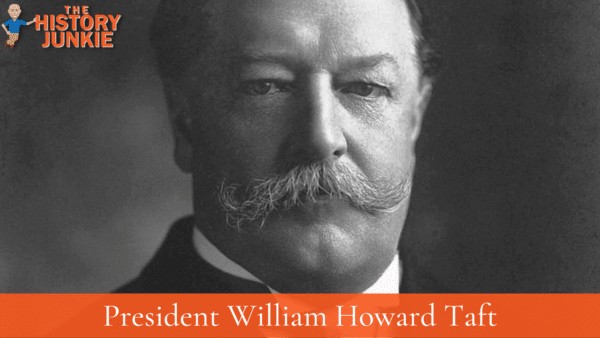
He had a rough presidency due to being the shadow of Theodore Roosevelt. He is known as the fattest President in history and the only President of the United States to also serve as Supreme Court Justice.
Political Party: Republican
Elections: Election of 1908
Inaugurations: First Address
28. President Woodrow Wilson
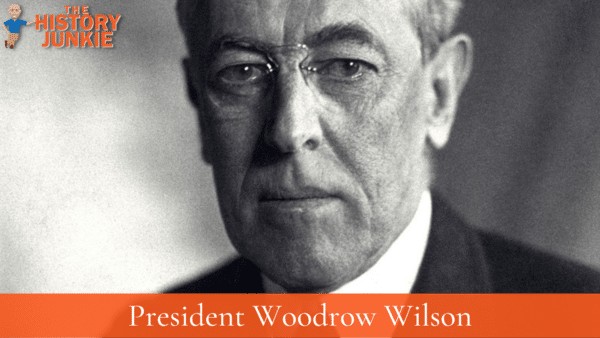
He became the President to lead America through the First World War and then lay the foundation for what became the United Nations. He was progressive in his thinking and foreign policy. He became President due to Roosevelt and Taft splitting the vote.
Political Party: Democrat
Elections: Election of 1912 – Election of 1916
Inaugurations: First Address – Second Address
29. President William Harding
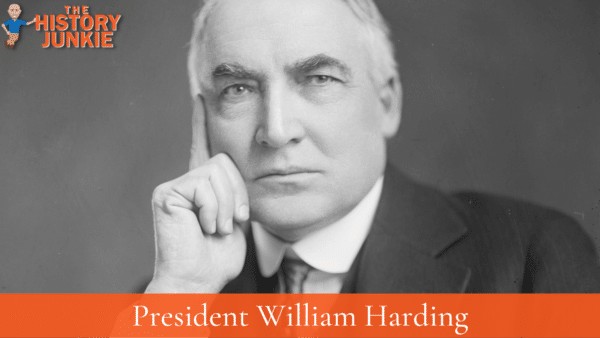
He campaigned on a promise to “Return to Normalcy,” but the Teapot Scandal destroyed his administration despite the great economic conditions. He ended up dying while in office, and his Vice President became President.
Political Party: Republican
Elections: Election of 1920
Inaugurations: First Address
30. President Calvin Coolidge
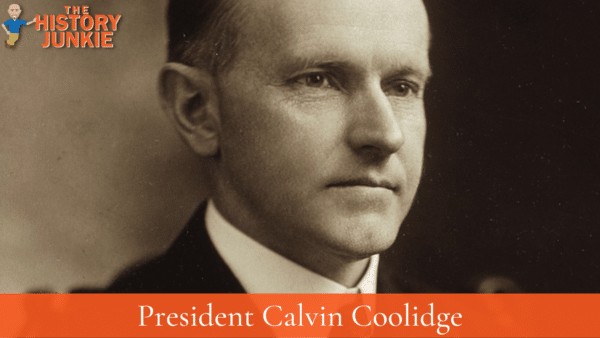
Took over for President Harding and became a popular president who led the country through the “Roaring 20s.” He was known as “Silent Cal” for his quiet demeanor.
Political Party: Republican
Elections: Election of 1920
Inaugurations: First Address
31. President Herbert Hoover
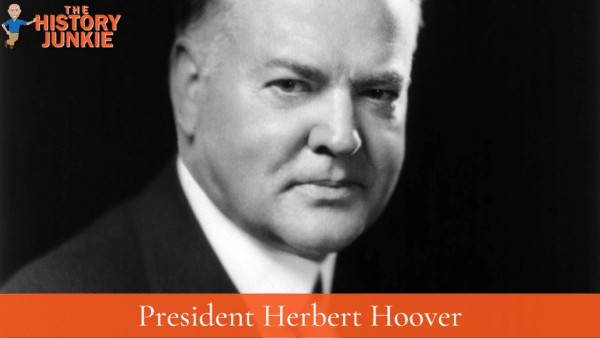
Shortly after taking office, the Stock Market Crash occurred, and the country went into the Great Depression. Hoover did little to help the American people and, as a result, only served one term.
Political Party: Republican
Elections: Election of 1928
Inaugurations: First Address
32. President Franklin Roosevelt
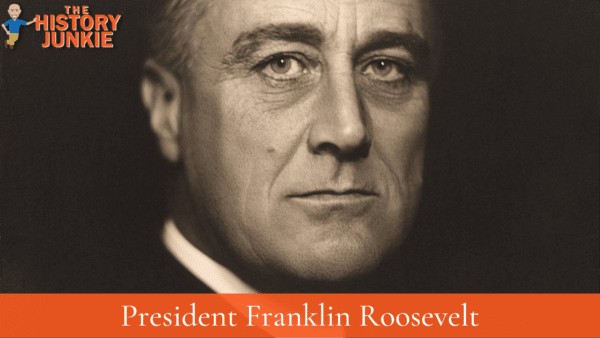
The only President to be elected four times, although he probably should not have run for the last term. He led America through the Great Depression and World War II and is considered one of the greatest Presidents in American History.
Political Party: Democrat
Elections: Election of 1932 – Election of 1936 – Election of 1940 – Election of 1944.
Inaugurations: First Address – Second Address – Third Address – Fourth Address
33. President Harry Truman
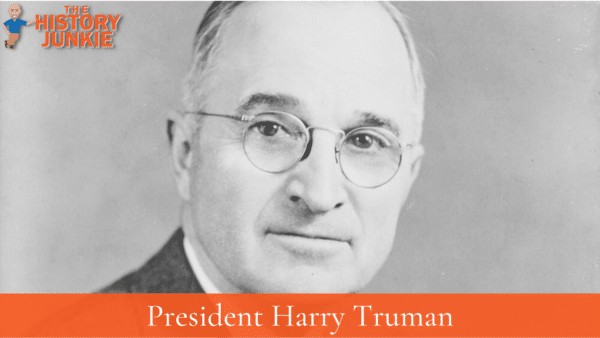
Took over for FDR after he died in office and made the decision to drop the atomic bombs. He would upset his opponent in the Election of 1948 but would refuse to run in the election of 1952 due to the Korean War.
Political Party: Democrat
Elections: Election of 1948
Inaugurations: First Address
34. President Dwight Eisenhower
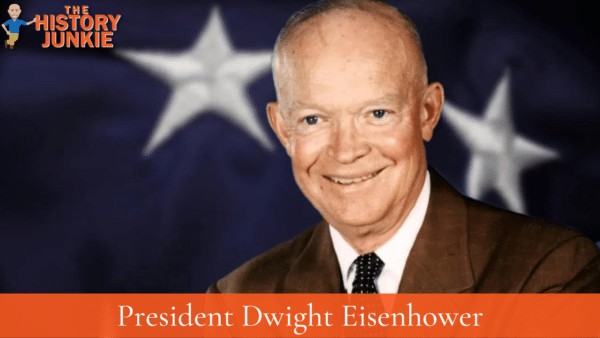
Oversaw the end of the Korean War, maintained the foreign policy of containment, and saw the baby boom begin. He also began the Interstate Highways for security reasons and would also enable more travel throughout the country.
Political Party: Republican
Elections: Election of 1952 – Election of 1956
Inaugurations: First Address – Second Address
35. President John F. Kennedy
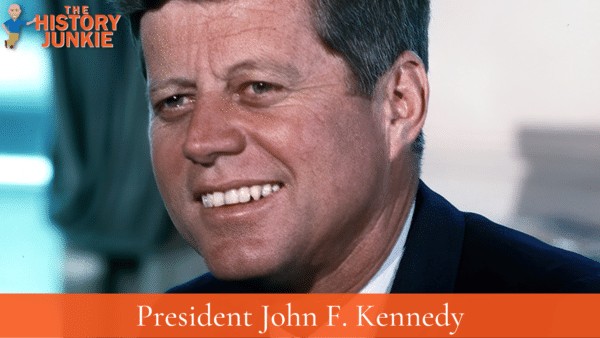
He became the youngest President in history at the time of his election. Began the push for America to go to the Moon and had a relationship with Martin Luther King Jr. He was assassinated in Dallas during his visit.
Political Party: Democrat
Elections: Election of 1960
Inaugurations: First Address
36. President Lyndon Johnson
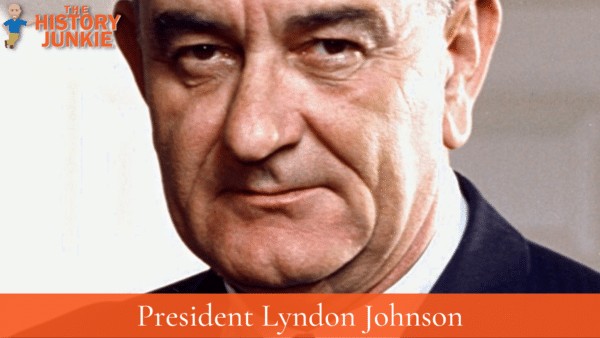
Civil Rights Reform, Welfare, and Vietnam are all credited to LBJ. He took over after the Kennedy Assassination and would serve one elected term. He chose not to run a second time due to Vietnam and its controversy.
Political Party: Democrat
Elections: Election of 1964
Inaugurations: First Address
37. President Richard Nixon
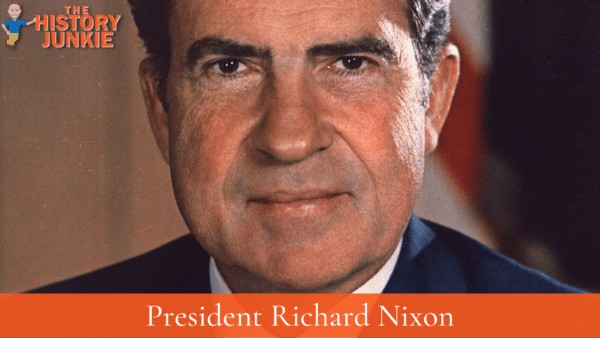
One of the great feats in foreign policy occurred during his tenure when he recognized China to put pressure on the USSR. He is known for pulling out of Vietnam, working on Civil Rights, and, of course, the Watergate Scandal.
Political Party: Republican
Elections: Election of 1968 – Election of 1972
Inaugurations: First Address – Second Address
38. President Gerald Ford
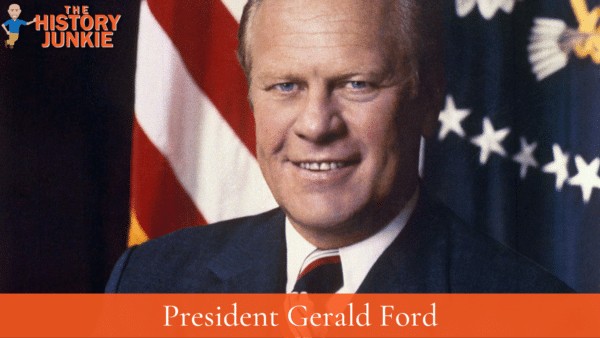
Taking over after a disgraced Nixon and the Republican Party was not easy, but he did so with class. He pardoned Nixon, which caused controversy, but even Jimmy Carter complimented him on how well he handled himself after the resignation.
Political Party: Republican
Elections: Never Elected
Inaugurations: None
39. President Jimmy Carter
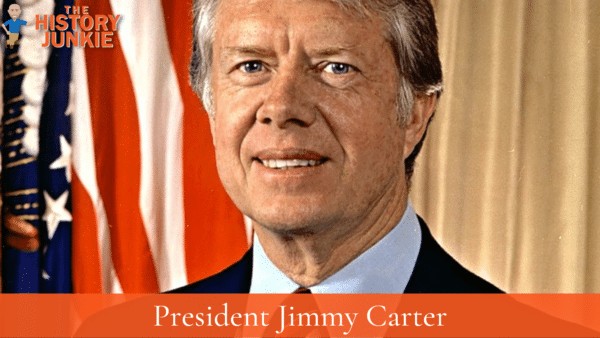
The Peanut Farmer from Georgia did not see much success during his tenure. The Iran Controversy, Sky Rocketing Inflation, and a powerful USSR gave Jimmy Carter the title of one of the worst Presidents of the 20th century. He was a great man after he left office.
Political Party: Democrat
Elections: Election of 1976
Inaugurations: First Address
40. President Ronald Reagan
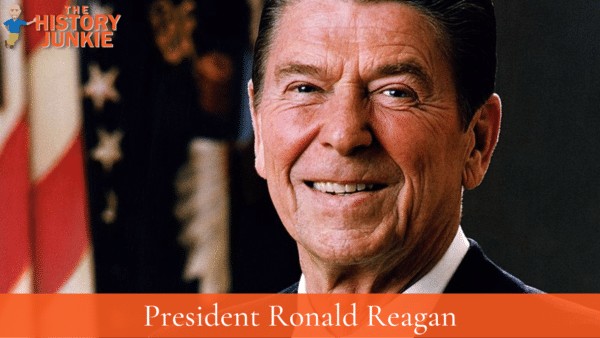
Considered the Great Communicator and the greatest President of the modern era. He helped lower inflation, increased American power across the world, and defeated the Soviet Union in the Cold War. He brought in a time of unknown American prosperity and culture.
Political Party: Republican
Elections: Election of 1980 – Election of 1984
Inaugurations: First Address – Second Address
Other Resources: Ronald Reagan Family Tree
41. President George H. W. Bush
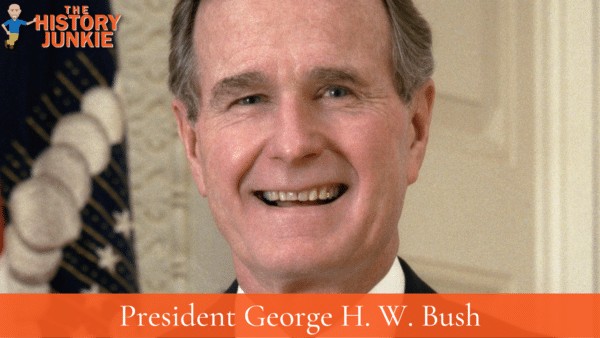
Inherited a thriving economy from Ronald Reagan and defeated Saddam Hussein in Operation Desert Storm. Despite being popular in the first couple of years, he became unpopular due to raising taxes. He would only serve one term but is generally viewed favorably.
Political Party: Republican
Elections: Election of 1988
Inaugurations: First Address
42. President Bill Clinton
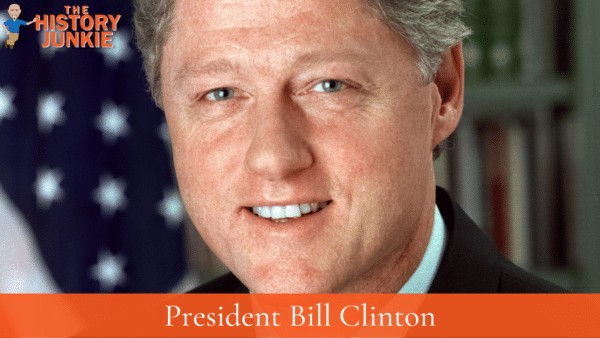
He became the first Democrat to serve two consecutive terms since Franklin Roosevelt over 50 years prior to him. He was a moderate Democrat who would balance the budget. Unfortunately, his Presidency will be remembered for scandal rather than his accomplishments.
Political Party: Democrat
Elections: Election of 1992 – Election of 1996
Inaugurations: First Address – Second Address
Other Resources: Bill Clinton Family Tree
43. President George W. Bush
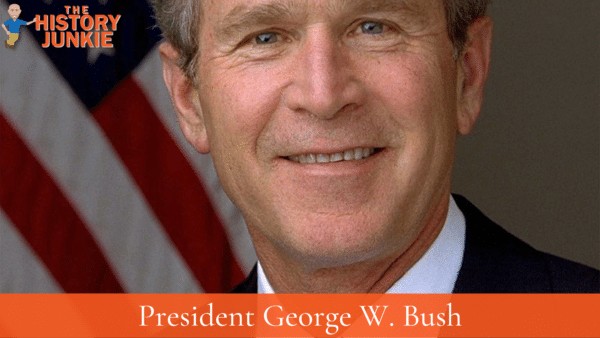
During his first term in office, he had to deal with September 11th, which would rise in popularity throughout his tenure until midway through his second term when the housing bubble popped. He would be the first son to become President after his father was President since John Quincy Adams.
Political Party: Republican
Elections: Election of 2000 – Election of 2004
Inaugurations: First Address – Second Address
44. President Barack Obama
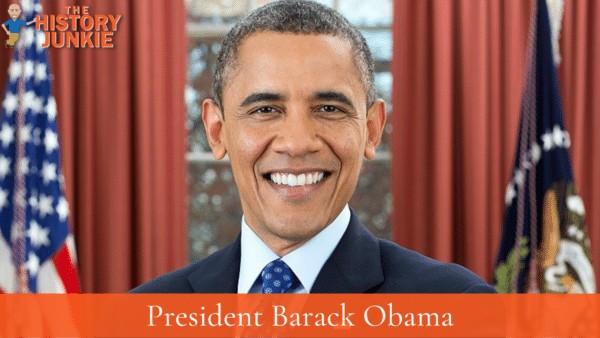
He became the first African-American President in American History and still remains a cultural icon. His signature piece of legislation was the Affordable Care Act, which was highly controversial. He remains active as a supporter of the Democratic Party.
Political Party: Democrat
Elections: Election of 2008 – Election of 2012
Inaugurations: First Address – Second Address
Other Resources: Barack Obama Family Tree
45. President Donald Trump
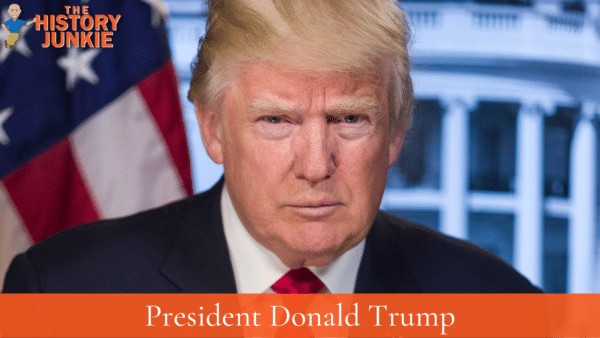
The once Democrat and Business mogul turned Republican threw his name into the Presidential race of 2016, and everything changed. He built a thriving economy and curbed immigration, but his tenure will always be known for his tweets and the Covid-19 pandemic.
Political Party: Republican
Elections: Election of 2016
Inaugurations: First Address
Other Resources: Donald Trump Family Tree
46. President Joe Biden
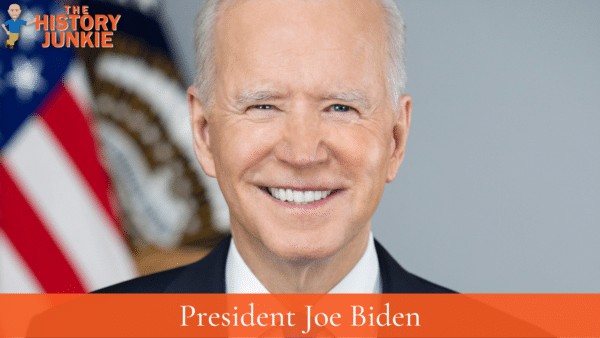
Former Vice President and career politician beat the incumbent in a controversial election. His tenure has seen many rough patches, including record inflation and a terrible pullout from Afghanistan. Many also question his cognitive ability at his advanced age.
Political Party: Democrat
Elections: Election of 2020
Inaugurations: First Address
